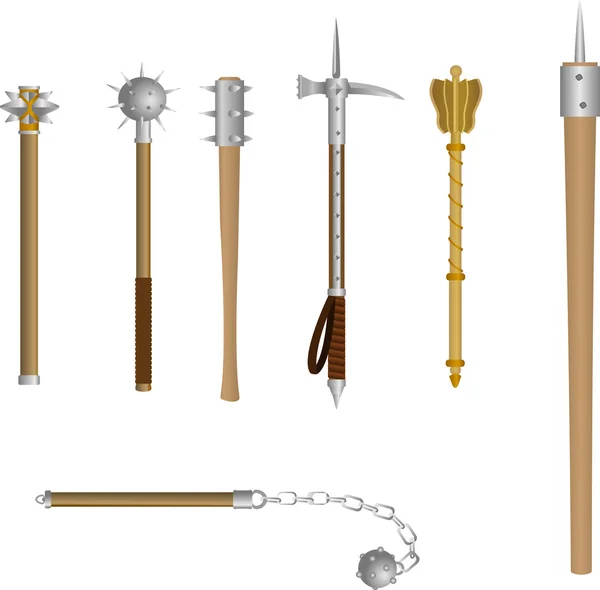Viking swords found in Norway represent fundamental archaeological evidence for the study of military technology, social hierarchy and funerary practices of Scandinavian peoples between the 8th and 10th centuries.
Through four key discoveries—Klepp, Haukeli, Agder, and Sæbø—different approaches to the manufacture, use, and symbolic value of these weapons can be analyzed.
Klepp's Sword:
Metallurgical precision of the 10th century
In the Rogaland region, specifically in the municipality of Klepp, a Viking sword dating back to the 10th century was found. This discovery was made under optimal conservation conditions, which has allowed for detailed analysis and the creation of exact replicas for historical and museum studies.
The piece displays a high level of sophistication in its forging. Advanced metallurgical techniques were used, combining different types of steel to achieve strength and flexibility.
The balance between military utility and aesthetic finish suggests that the weapon belonged to an elite warrior.
Its design includes a straight-profile blade, a handle worked with geometric motifs and a cruciform guard.

Haukeli's sword:
Exceptional conservation in a mountainous area
In 2015, a hiker accidentally found a Viking sword approximately 1,200 years old in a mountainous area of Haukeli, western Norway.
The sword, 77 centimeters long and made of wrought iron, was found outdoors on high ground.
The state of preservation has been described as exceptional. Factors such as the low temperature and dry environment allowed the weapon to survive almost intact from 750 AD to the present.
Due to its quality and context of discovery, archaeologists believe it belonged to a high-ranking individual, possibly a local chief or distinguished member of a warrior community.

The Sword of Agder:
Burial with weapons and grave goods
During excavations carried out in 2023 in the Agder region in the south of the country, an intact Viking grave was discovered. The tomb, more than 1,100 years old, contained the remains of a warrior, along with weapons and various personal belongings.
Among the artifacts, an iron sword fragmented into two parts due to oxidation was identified.
Analysis of the handle allowed the weapon to be dated between the end of the 9th century and the beginning of the 10th century.
Along with the sword, a long spear, possibly used for equestrian purposes, decorative glass beads, and a golden buckle were found. The entire assemblage indicates that the deceased belonged to a high social class and that the buried objects served a ritual function, in addition to reflecting the warrior's status.

The Sword of Sæbø:
Runic inscription and religious symbolism
The latest notable case concerns a sword discovered in 1825 in a burial mound in Sæbø, Sogn region, western Norway.
The sword, currently preserved in the Bergen Museum, dates back to the 9th century and has been classified as a piece of high historical value due to its rarity and uniqueness.
The most notable feature of this find is the runic inscription engraved on the blade. Despite its deterioration, in 1867 philologist George Stephens interpreted the engraving as including a swastika symbol, commonly associated with solar beliefs or good fortune in ancient times.
Runic inscriptions on Viking swords are extremely rare, making this piece a valuable testament to the relationship between weaponry, mythology, and ritual language in pre-Christian Scandinavia.

Living history
The Viking sword finds in Norway represent much more than evidence of war activity. These weapons offer concrete information about hierarchical organization, funerary practices, metallurgy, and ritual symbolism in early medieval Norse culture.
The technical quality of the Klepp sword, the unique preservation of the Haukeli sword, the funerary context in Agder, and the enigmatic engraving in Sæbø create a diverse panorama that allows us to understand different aspects of the Viking legacy.
As the thaw and excavations continue, Northern Europe will continue to reveal key pieces to reconstruct its history.
If you like swords and medieval art, you can visit the collections in our Medieval Shop , with a wide variety of replicas and products that you can't miss.









